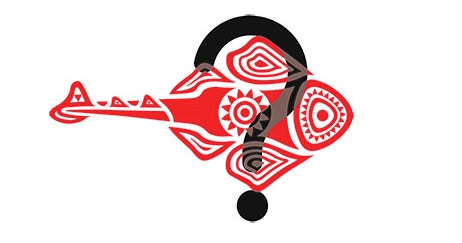Conservation status
The Common Angelshark or Monkfish (Squatina squatina)
What is conservation status?
 The conservation status of a species aims to reflect its probability to continue to exist or its extinction risk within a certain period, based on criterion such as presence and threats. The category ‘In danger of extinction’ or ‘Critically Endangered’ is assigned when a species faces an extremely high risk of extinction in the wild in the immediate future or when its survival is unlikely as long as the causal factors of its actual situation keep acting.
The conservation status of a species aims to reflect its probability to continue to exist or its extinction risk within a certain period, based on criterion such as presence and threats. The category ‘In danger of extinction’ or ‘Critically Endangered’ is assigned when a species faces an extremely high risk of extinction in the wild in the immediate future or when its survival is unlikely as long as the causal factors of its actual situation keep acting.
The angelshark in danger of extinction or critically endangered
The angelshark Squatina squatina is still frequently encountered in the Canary Islands, but suffered important declines up to local extinctions in other regions of its wide distribution range, where they are known to have been abundant. Multiple organizations include this shark in their threatened species list, such as:
- The Spanish Government in its List of Wild Species under Special Protection Regime and the Spanish Catalogue of Threatened Species. In the year 2011 for their Mediterranean populations and ‘In danger of extinction’ for the ones off the Canary Islands in 2019.
- The International Council for the Exploration of the Sea (ICES), declaring the species extinct in the North Sea in the year 2005. Starting 2009, recommending zero total allowable catches (TAC) for squatina in the North Sea and adjacent regions, to also include the Northeast Atlantic subsequently.
- The OSPAR Commission, adding Squatina squatina to the OSPAR list of threatened and/or declining species and habitats in 2008.
- The European Comission assigned the status ‘Critically Endangered’ in its European Red List of Marine Fishes in the year 2015.
- The National Oceanic and Atmospheric Administration (NOAA) listed 3 angelshark species under the Endangered Species Act of 1973 as endangered. Read our contributions to the document draft.
- The International Union for Nature Conservation (IUCN), in its red list, qualified from ‘Vulnerable’ in 2000 to ‘Critically Endangered’ in 2006, 2015 and 2017. However, status assignment for the Canary Islands remained pending confirmation until the 2017 evaluation. The latter confirmed, consistent with our investigations, frequent sightings for this region.
Read more about our research lines and how these can can help in conservation status evaluations or other aspects in the management of the species.
Fisheries protection regulations
Certain legislation mitigates, indirectly or specifically, the potential fisheries pressure on the angelshark, although it is not necessarily based on a species status evaluation and within the subject geographic region. Even in force in the Canaries long before the species was declared ‘In danger of extinction’ or ‘Critically Endangered’.
- Since 1986, trawling and similar fishing arts are prohibited in fishing grounds off the Canary Islands by the Royal Decree 2200/1986. Fisheries arts to which angelsharks are very susceptible, thus reducing the potential fisheries pressure on the species.
- Since 2009, prohibition to fishing vessels in the waters of the European Union the catching, retention on board, transhipment, landing, storing, selling, displaying or offering for sale of the angel shark ( squatina) by the European Council Regulation 43/2009. Also compelling to promptly release accidental captures without harming these individuals. A prohibition that remains in force to date, and extended to recreational fisheries, by the European Council Regulation 2019/1241.
